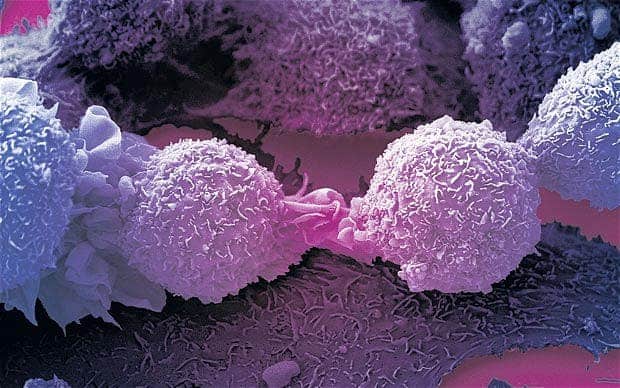For the first time, aggressive breast, lung and bladder cancer have been neutralized and turned back to normal cells, prevented from excessive multiplication. Scientists at the Mayo Clinic in Florida, US, likened it to applying brakes to a speeding car.
“We should be able to re-establish the brakes and restore normal cell function,” said Profesor Panos Anastasiadis, of the Department for Cancer Biology.
Cells need to constantly divide to replace and renew themselves, but in cancerous cells, they reproduce too much; when everything is working properly, everything is regulated by biological microprocessors called microRNAs. They tell cells to stop multiplying by secreting a protein called PLEKHA7 which breaks the cell bonds. But in cancer, that simply doesn’t work anymore. Scientists first figured out they could make cells cancerous by instructing the microRNAs to stop producing the protein. So in cancerous cells, if they could somehow instruct it to start producing the protein again, cancer cells would be reprogrammed. This is exactly what they’ve done.
“We have now done this in very aggressive human cell lines from breast and bladder cancer,” added Dr Anastasiadis. “These cells are already missing PLEKHA7. Restoring either PLEKHA7 levels, or the levels of microRNAs in these cells turns them back to a benign state. We are now working on better delivery options.”
So far, results have been surprisingly positive. In doing so, they’ve also solved one of cancer’s longstanding riddles: how do our bodies regulate cell multiplication, and why does that stop working in cancers.
“This is an unexpected finding,” said Dr Chris Bakal, a specialist in how cells change shape to become cancerous, at the Institute for Cancer Research in London. We have been trying to work out how normal cells might be suppressing cancer, and stopping dividing when they form contacts with each other, which has been a big mystery. Normal cells touch each other and form junctions then they shut down proliferation. If there is a way to turn that back on then that would be a way to stop tumours from growing. I think in reality it is unlikely that you could reverse tumours by reversing just one mechanism, but it’s a very interesting finding.”
However, so far, they’ve only tested their results in human cells in a lab. There’s still a long way to go before actually testing and implementing this in human; as always with this type of treatment, the main concern is the delivery in gene therapy. Basically, in order to reprogram the microRNA to stop cells from multiplying to much, we need to use gene therapy, and gene therapy is often as terrible as it is incredible. We simply don’t have a good enough understanding of the interactions in our genome, and the side effects could be huge. This isn’t an immediate cure for cancer – unfortunately, nothing is at the moment. But in time, coercing cancer cells into behaving normal seems a much better option than chemo or radiation. It’s a step in the right direction.










